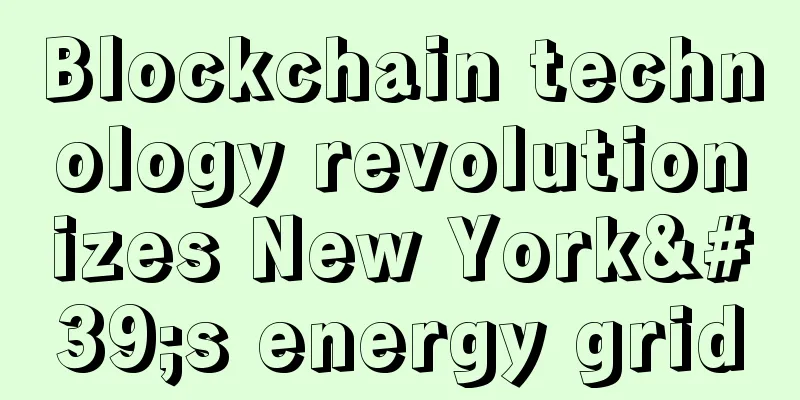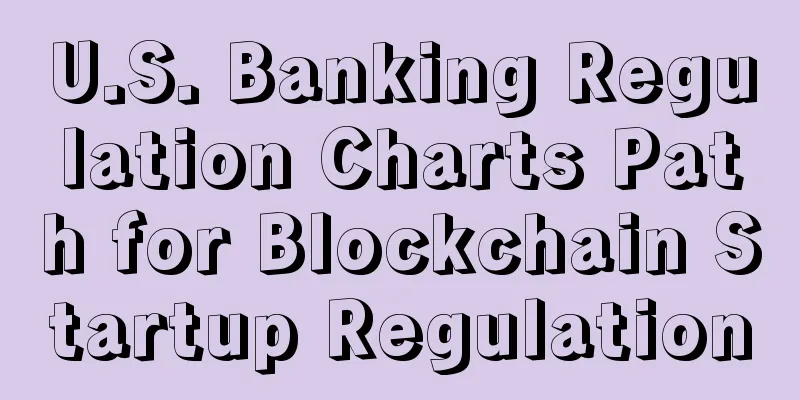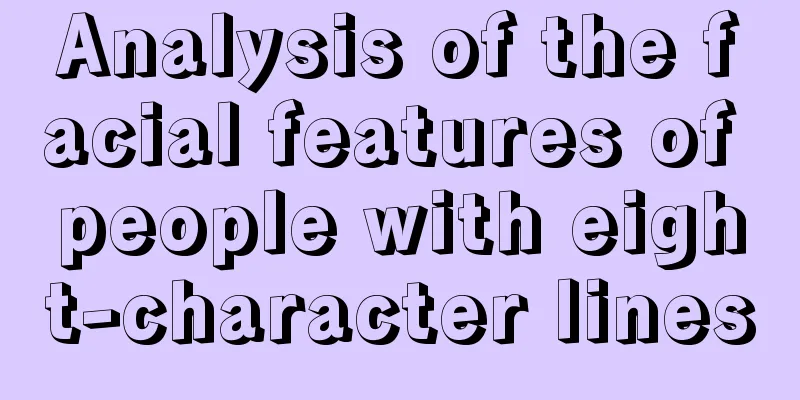Blockchain technology revolutionizes New York's energy grid

Translation: Annie_Xu New York State is working to transform the existing grid into a distributed platform that encourages large utilities to collaborate with innovators rather than compete with them. This move had the unexpected effect of providing a good environment for the development of LO3, which uses the Ethereum blockchain to allow individuals to buy and sell electricity directly to each other. However, Richard Kauffman, the so-called "energy dictator" of New York State, said that the government project is not intended to create a favorable environment for the development of blockchain technology, but rather that the inefficiency of the outdated power grid is ripe for disruption. Kauffman, whose official title is chairman of the New York State Department of Energy and Finance and who shares an office with Governor Andrew Cuomo, spoke about the current state of the electric grid and the potential of blockchain technology:
For electricity suppliers and individuals, two-way power transmission means that people may soon be able to directly purchase locally produced green energy; this green energy comes from personal solar panels or microgrids built on existing technology facilities. Payments in the energy sector This is where LO3 hopes to launch its Transactive Grid project. Lawrence Orsini, LO3 founder and CEO, said:
Brooklyn-based Consensys uses the public Ethereum blockchain to build an auditable, transparent peer-to-peer energy trading method. Another related project of LO3, the Brooklyn Microgrid, aims to connect local communities to areas that can be independent of the large power grid. The grid device can record household consumption as well as the energy generated by solar panels. The idea is that by integrating the microgrid concept and the Transactive Grid payment infrastructure, community residents can write smart contracts on the blockchain and choose the source and type of electricity they use, and even decide who to buy or give the power to. Orsini said:
New ideas for power grid To lay the foundation for a new distributed power grid, Kauffman issued the Reforming the Energy Vision (REV) policy to make New York State's existing power grid structure cleaner, lower cost, and more resilient. Power companies have also transformed themselves into distributed system platform providers (DSPPs) and upgraded the existing backward power grid system into a collection of personal microgrids. REV was introduced in April 2014 after much of New York State was devastated by power outages due to storms in the past few years, including Hurricane Irene in 2011 and Hurricane Sandy in 2012. Eric Frumin shows off his rooftop solar panels in Brooklyn, New York , a week before his first sale . The existing centralized grid of several power companies makes it unreasonable for a local blackout in the grid to turn into a large blackout in New York State.
Proof of concept Last week, Transactive Grid executed the first electricity transaction using blockchain technology between two friends in Brooklyn. At the press conference, Bob Sauchelli, a retired manager of the US Environmental Protection Agency, used his 195 points on the Ethereum blockchain to purchase renewable energy produced by solar panels from his friend Eric Frumin, an environmentalist and labor advocate. Frumin told the media:
On April 11, 2016, Lo3 co-founder Lawrence Orsini agreed with far-leftist Bob Sauchelli to purchase green energy credits from Eric Frumin using grid-interconnection technology. Financial support As part of the REV program, New York State allocated $40 million to support partners interested in decentralizing the electric grid. Of the 150 applicants, including LO3, 83 have received $100,000 in feasibility study funding. Although LO3 was not selected for the first phase of the project, it met the requirements of the second phase; the second phase has 10 award places, and each company that provides engineering design and business plans will receive a prize of US$1 million. The state hopes to release a second round of proposal competitions soon, with a comment deadline likely this fall. The winners of the third and fourth rounds will each receive $5 million to complete their projects. While Kauffman would not comment specifically on LO3 or other applicants, he offered the following remarks on blockchain:
|
<<: How can blockchain technology attract the attention of data regulators?
>>: Bitcoin miners and companies meet in Beijing
Recommend
French central bank and Swiss central bank launch digital currency cross-border payment experiment
On June 10, local time, the Bank of France and th...
Is the fate of a person with a mole on the left chin good?
In physiognomy , the eyes are the most important,...
What does a mole on the side of the hand mean? Mole on the side of the hand
Everyone has moles in different positions on the ...
Shortness in these places on the body will reduce your fortune
Today I would like to talk to you about which sho...
What does it mean to have a flawless forehead and a lifetime of glory?
The forehead is a very important part of the face...
How to analyze good and evil in facial features
As the saying goes, appearance reflects the heart...
Palmistry characteristics of the twelve lucky people
Nowadays, everyone wants to be the richest man in...
What does a red mole on the face mean?
We all have moles on our bodies, and they are als...
5. Men with the most facial features are passionate
In life, some men do not have a fixed lover and w...
What kind of people have the appearance of an official?
Facial features can reflect a person’s destiny in...
Blockchain technology revolutionizes New York's energy grid
Rage Comment : Richard Kauffman, Chairman of the ...
Review | Which graphics card is the best for mining? A comprehensive review of RTX2080 SUPER, GTX1660 SUPER, and RX5600XT
With the popularization of blockchain technology,...
What does it mean if a woman has a mole on her finger? Is it good for a woman to have a mole on her hand?
People usually pay attention to the moles on thei...
How is the career development of people with s-shaped eyebrows?
S-shaped eyebrows is a term in the field of physi...
The face of a woman destined to be rich and noble. Come and see if you are destined to be rich and noble.
We all want to be rich. People who are destined t...

![Electric Power Resources Investment Promotion Conference and Bitcoin Miners Exchange Meeting-July 9 [Chengdu]](/upload/images/67e74f76bda75.webp)







